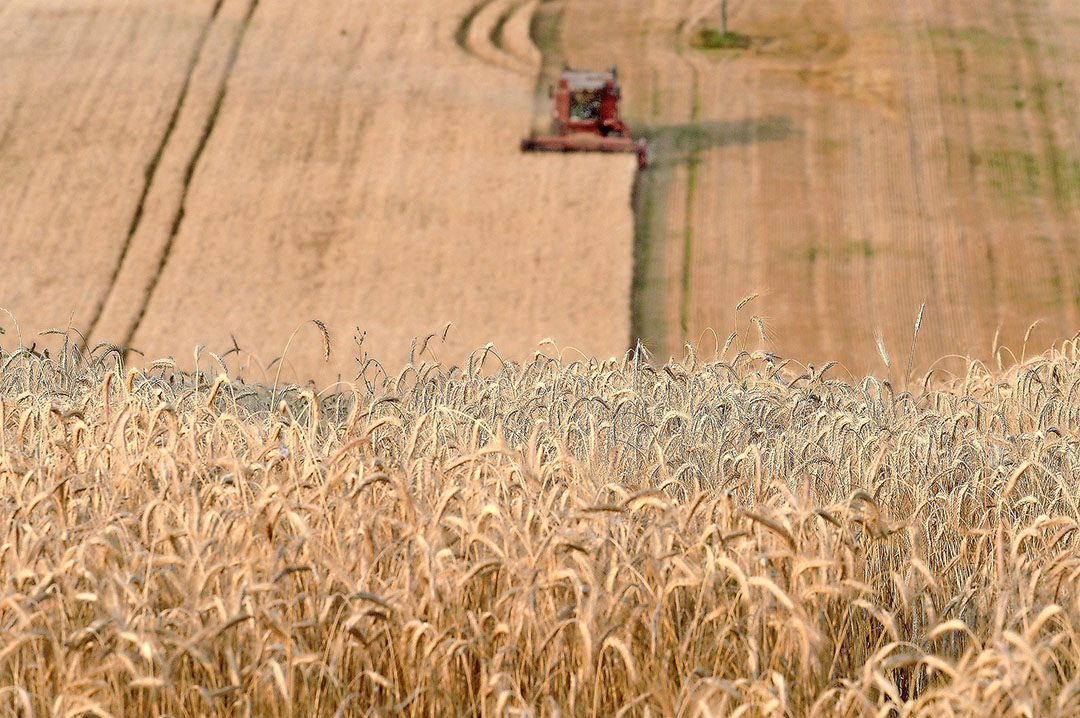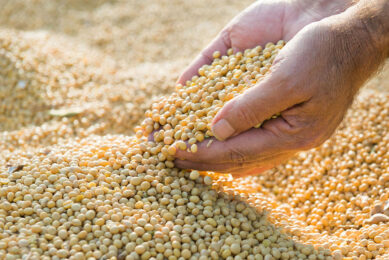Lower wheat price interesting for buyers

Prices for wheat fall this week on the futures market in Paris.
The decline partly had a technical basis, but the improved weather conditions and falling prices on the futures market in Chicago had also an affect on the wheat price. The milling wheat price quotation on the Paris futures market has fallen below the level of € 180 per tonne for the first expiring contract (September).
Current price level interesting to buy up
Grain traders find that the current price level is interesting to buy up. The lower yields for the coming season are partly coming from important European production areas. These countries are interesting in terms of supply for European players.
Wheat futures at low level
The futures market for wheat is moving at a relatively low level; In mid-March, the wheat quotation for the first expiring contract was for the last time at the same level. Where the futures market prices are relatively low, the physical grain market is fairly stable. The stocks of the old harvest are on the tight side.
Due to the precipitation and the cool weather, the previously expected early harvest still takes place at a normal harvest time. A tight transition from old to new harvest, coupled with a new harvest that appears to be below average in volume, means that prices are not expected to fall further.
 Futures market
Futures market
Overview of futures prices for: corn, wheat and soybean
Uncertainty
However, great uncertainty remains due to the economic crisis arising from the measures to contain the coronavirus. Making the estimate for sales very uncertain. The milling industry currently runs about 15% less and is therefore not yet at full capacity. The compound feed industry also has less sales.
Stable corn price
The price of corn moves fairly stable. There is sufficient corn available worldwide, which is putting pressure on prices. However, the European import tax limits the scope downwards, causing the EU corn price to remain fairly unchanged. In addition, corn is slowly becoming less interesting for the compound feed industry, because wheat and barley prices have fallen.
This week the forecast is: Grain price remains stable











